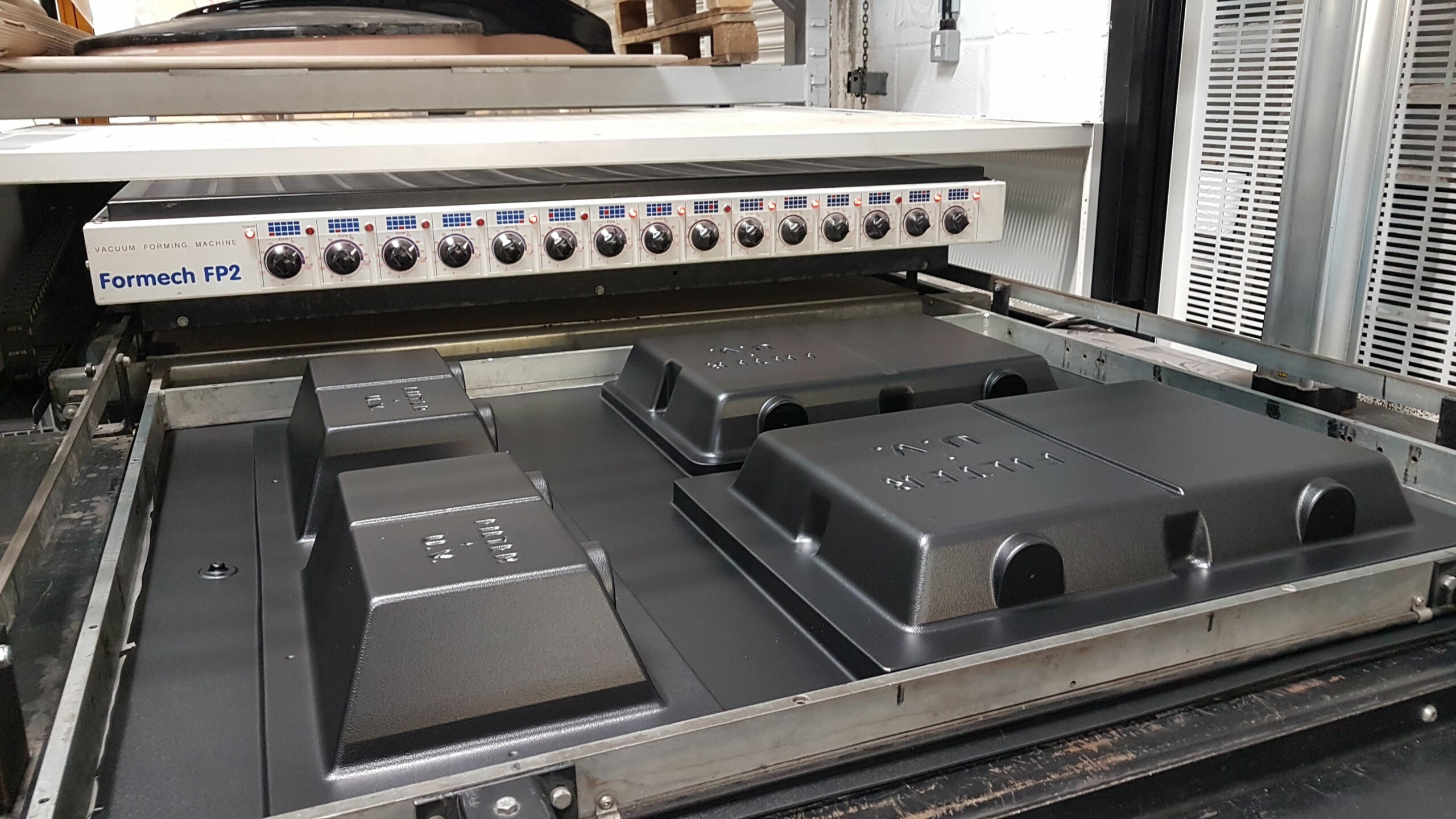Everything About Vacuum Forming
Everything About Vacuum Forming
Blog Article

Vacuum forming is a cost-effective plastic molding technique that involves heating a thermoplastic sheet until it becomes malleable, then using vacuum pressure to mold it over a custom mold.
Step-by-Step Vacuum Forming Process
To produce a vacuum-formed product, the plastic sheet is first placed into a frame and heated until it becomes pliable. Once the material is ready, it is positioned over a mold, and a vacuum is applied to pull the material tightly over the mold, creating the intended shape.
After forming, the material is cooled to retain its shape. The final product is then refined to remove unwanted material and finished for assembly.
Applications of Vacuum Forming
Vacuum forming finds its applications in sectors such as automotive for creating customized plastic parts. Some frequent products made using vacuum forming include:
- Car dashboards
- Blister packs
- Healthcare packaging
- Point-of-sale stands
Advantages of Vacuum Forming
One of the biggest pros of vacuum forming is its affordability. Other significant benefits include:
- Quick turnaround
- Affordable molds
- Versatile applications
- Strength-to-weight ratio
Final Thoughts
Vacuum forming is a versatile process that facilitates the creation of custom plastic products at a low cost.
Vacuum Forming Report this page